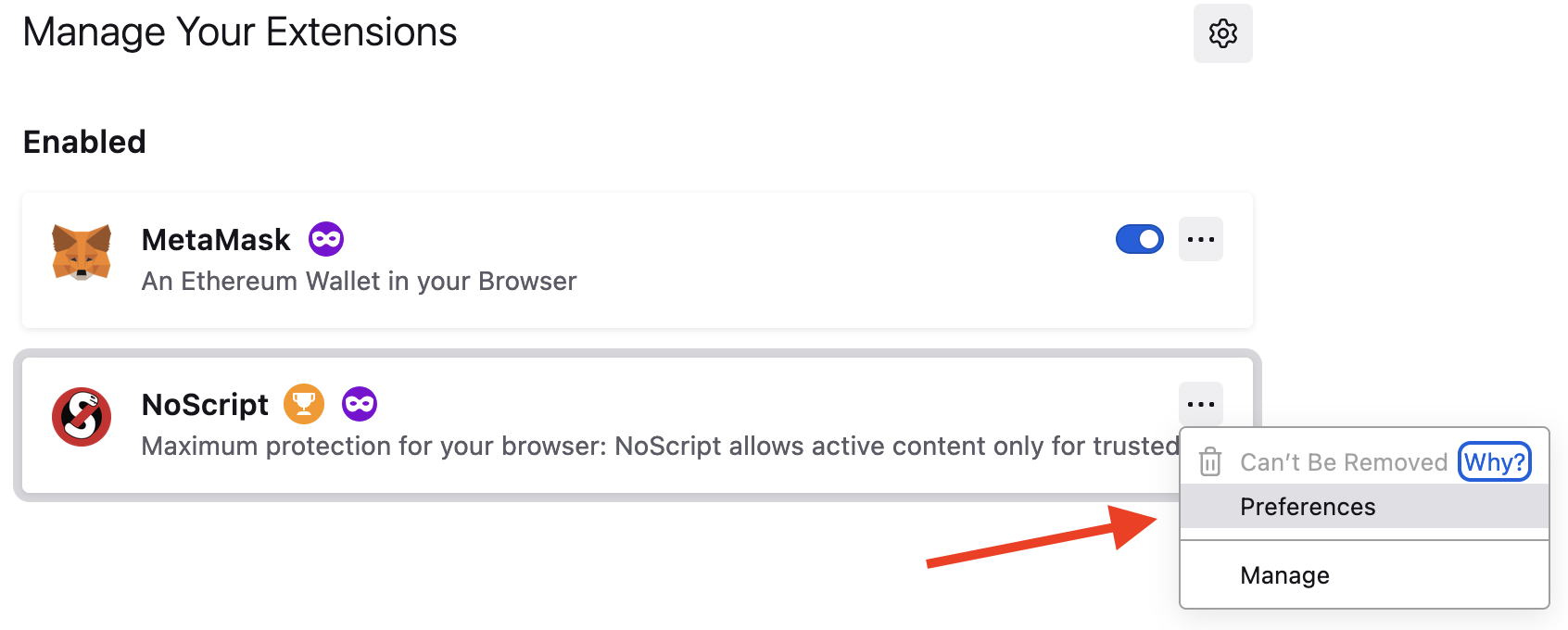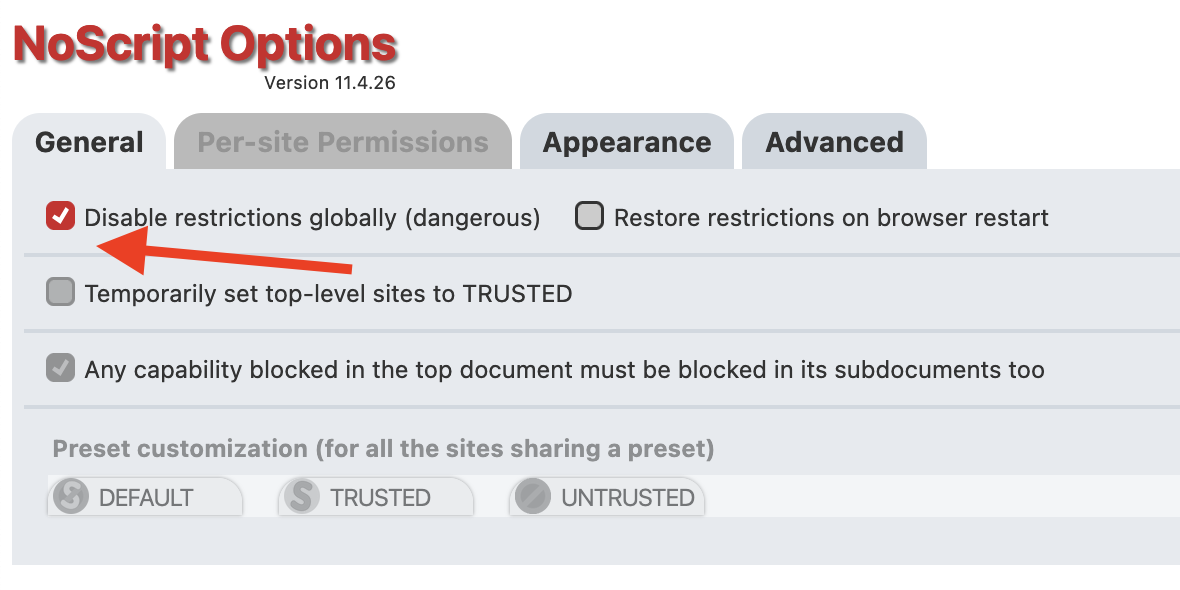All articles
Tor in Trezor Suite
Using Tor in Trezor Suite
Tor is now supported natively in Trezor Suite. Enable it by clicking the Tor icon in the bottom-left hand corner of the app:
Using the web version of Trezor Suite with Tor Browser
We are running an onion service of Trezor Suite for the web at: http://suite.trezoriovpjcahpzkrewelclulmszwbqpzmzgub37gbcjlvluxtruqad.onion/web
When using Trezor Suite with Firefox (which is a base for Tor Browser), you cannot use WebUSB (like in Chrome), but instead must use Trezor Bridge - please follow the instructions on the Trezor Bridge page to install it.
Tor Browser routes all traffic via Tor by default, and Trezor Suite cannot directly contact Trezor Bridge. Luckily, we can add an exception telling Tor Browser to communicate with Trezor Bridge.
You need to use Tor Browser 9 or newer!
Instructions for enabling Trezor Bridge in Tor Browser
Trezor Bridge 2.0.30 or higher is required.
In Tor Browser 9 and newer, the required changes need to be made in Advanced Settings.
- Type about:config in the address bar
- Search for the key network.proxy.no_proxies_on
- Set the value to 127.0.0.1:21325
- Search for the key network.http.referer.hideOnionSource
- Set the value to false
- Type about:addons in the address bar.
- Click the three dots to access "Preferences"
- Select "Disable restrictions globally"


You can now use Trezor Suite in Tor.
Regular URLs use HTTPS, while onion services do not use HTTPS but plain HTTP (encryption is guaranteed by the underlying Tor protocol).
Quick check for the onion address: it starts with "trezorio" and does not contain any numbers except "37"
Quick check for the onion address: it starts with "trezorio" and does not contain any numbers except "37"